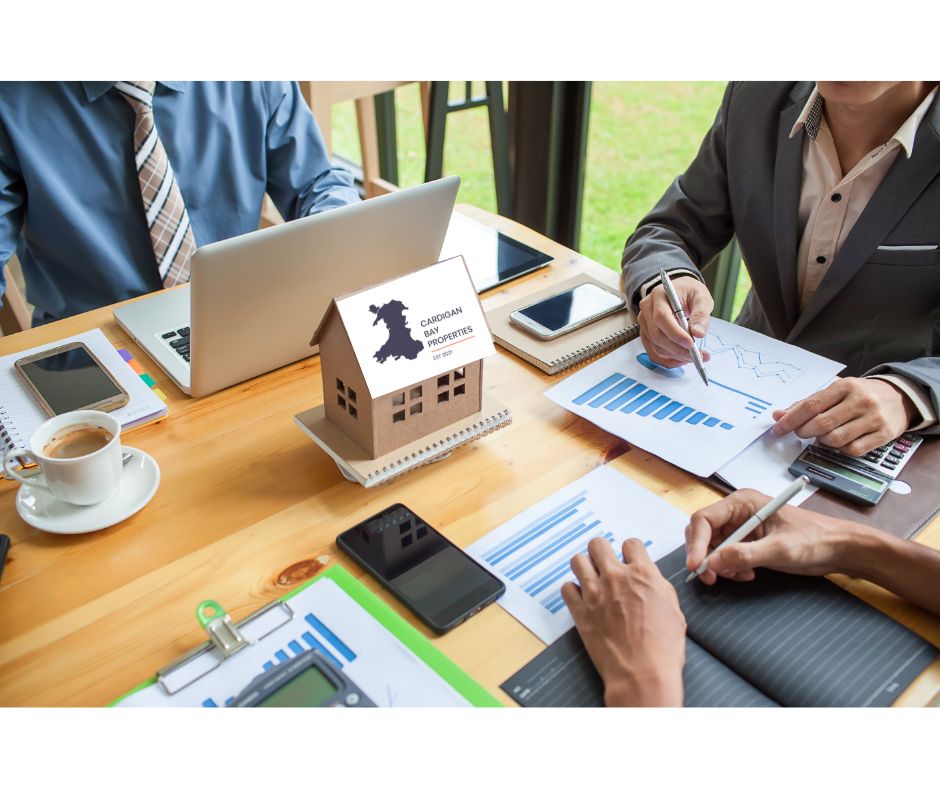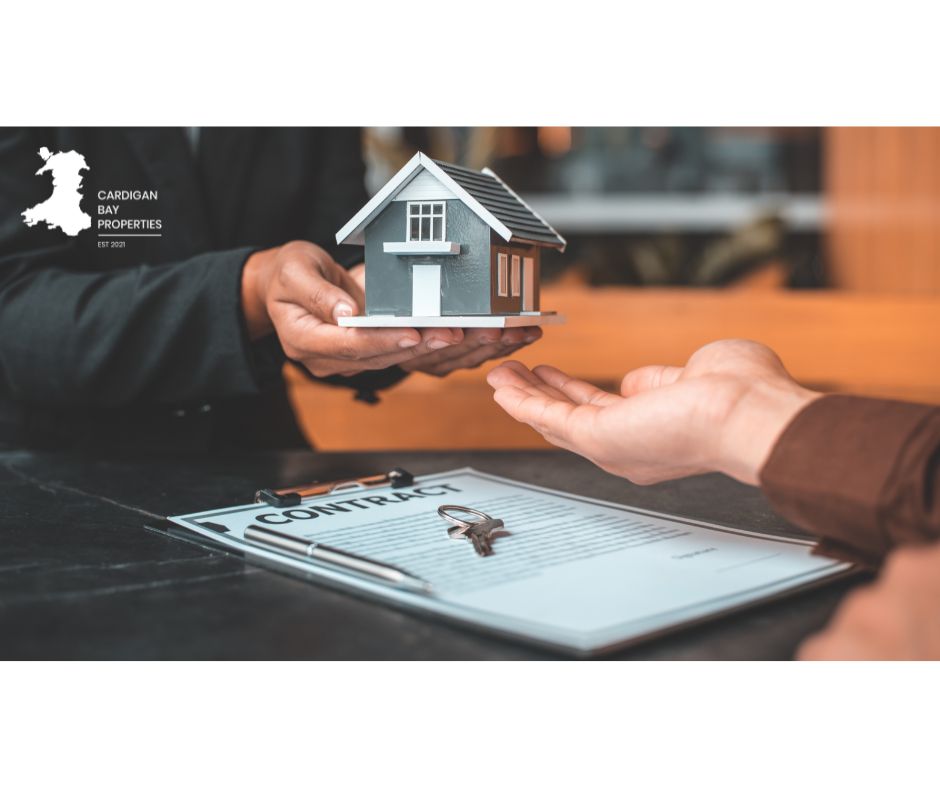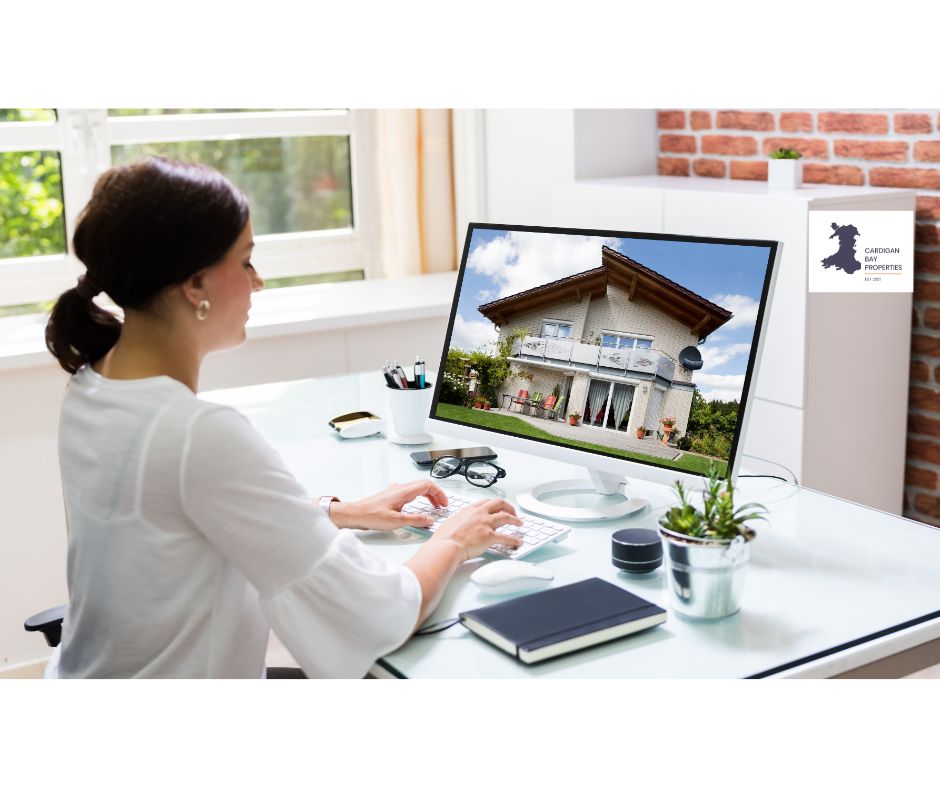
Part 1 – from Instruction to Going on the Market
We’re often asked about the whole process of selling a property – the different stages, who’s involved in each part, the time everything takes and lots more! To help give you an insight into the sales process we’re doing a series of blogs to help walk you through what to expect when you sell or buy a property.
If you’d like to speak to us about your property sale please get in touch.
Initial Contact

The whole sales process starts with someone who wants to sell their home – or land or smallholding! – contacting us to arrange a valuation. We initially discuss their property with them over the phone, gathering as much information as possible – everything from the type and size of the house, to how long they’ve lived there and why they want to sell. This gives us an invaluable insight into the potential demand for the property.
Sharing Information
We then start our work looking at comparable properties and share this information with the seller so they can get a feel for the potential selling price of their home compared to other similar properties in the area. We share reports from Zoopla and Onthemarket, which shows the actual sales figures achieved – rather than just the asking price. This ensures sellers have a more accurate understanding of the market and what properties are really selling for.
When the seller books the valuation visit, we also send them a list of questions that they should ask any estate agent that visits them. The aim of this is to ensure that everyone gets the most out of the appointment and the seller gathers all of the relevant information they need from each agent.
Property Visit
The next step is to arrange for us to visit the property so that we can have a proper look around and understand its size, layout, interiors and exterior areas. This visit usually takes around an hour, but sometimes it can take longer depending on the property. During this visit, we meet the seller and outline the current market conditions, and we discuss both the positives and negatives of their property. It is important for the seller to be honest and disclose any information that may be important to the sale from this very first meeting, as it enables us to give an accurate valuation and market the property correctly. Failure to be open about certain facts – for example, a right of way – could potentially impact the success of a future sale, so it’s much better to be honest from the start.
Valuation Letter
Communication is key to a successful relationship between the seller and the agent, and we pride ourselves on the level of communication we provide, keeping them updated and informed at every stage. This begins following the first visit, when we write to the seller specifying the valuation we have put on the property, confirming the details of our conversations and explaining how we work. The aim of this is to ensure that the seller understands our approach from the outset, to be sure that we – rather than another agent – are right for them. Once they have had a chance to read through all of the information they can call us to advise us if they would like to proceed with us or not.
The Contract

Once the seller has confirmed that they wish to work with us we will send them our contract. Our contract is clear and concise and has no extra hidden costs. We aim to make it as easy as possible for the seller to understand the contract they sign with us. We ensure that the costs are clearly broken down, including elements such as any withdrawal costs (if applicable) if they choose to take their property off the market. We also send the contract by email, with the ability to e-sign it to make the process simpler.
The Property Information Questionnaire
Alongside the contract, we also send a Property Information Questionnaire (PIQ) which must be completed in as much detail as possible. This is about 35 pages in length and very in-depth, but it is a vital part of the sales process, ensuring that potential buyers have all of the relevant information from the start of the process.
We use National Association of Estate Agents Propertymark approved documents, developed with the National Trading Standards Estate and Letting Agency Team, so we are confident that everything is included and made available in this document. The seller is legally required to complete this document in as much detail as possible and it’s worth noting that you could be liable if you don’t disclose something that may influence a decision to view or buy.
As a matter of course, we carry out our own due diligence to find out all of the key factors affecting the property. If you’re unsure about including something, it is worth bearing in mind that it’s much better for a potential buyer to decide not to put in an offer, rather than getting further into the sales process and they then pull out because they’ve just found out something previously unknown – wasting time and money. It’s always better to be open and honest.
We also send a document on how to prepare the home for sale, suggesting measures such as ensuring bank statements or valuable items aren’t left around during the photo shoot and how to ‘declutter’ the home to present it at its best.
ID Requirements
We have to request and verify the official identification of every seller to comply with money laundering regulations. As part of this, we require photographic ID of all legal owners, as well as address ID – for example a utility bill from the last three months, to prove that you have the legal right to sell the property. We then verify the authenticity of the ID to ensure it is all correct and legal.
Preparing the Property Details

The next step is to arrange to visit the property and start to prepare the full details for the sale. We organise a convenient day and time with the seller, with the visit taking anywhere from one to three hours, depending on the property.
During this time we take the photographs and measurements for each room and confirm all of the specific details and features of the property. We also discuss with the seller any items that they don’t wish to include in the sale – for example, a range cooker or washing machine.
We do our own photography with a professional camera, including creating a video tour to show off the full potential of the property. For certain properties, we can also arrange for drone photography (at an additional price).
Following this visit, we prepare the property details to go on the market. This involves creating the floor plans, finalising the photos and video tour, and writing the property details to beautifully present the home.
It is also a legal requirement for the seller to have an Energy Performance Certificate to market a property (unless the property is exempt from needing one). The seller arranges this directly with the EPC assessor – we can recommend a good local assessor in West Wales. It’s worth noting that if you are selling a rental property, it is now law that all rental properties have an EPC of level E or above.
Seller Approval
Before we can start marketing the property we send the property details to the seller to confirm that all is correct. It’s important to check this carefully and let us know if anything is incorrect and needs to be changed. Once the seller has confirmed they’re happy with everything then we can start to actively market the property to find a buyer – you can read more about the marketing we do in our second blog on how a property is sold!
Got a question about this blog? Please get in touch with us!
